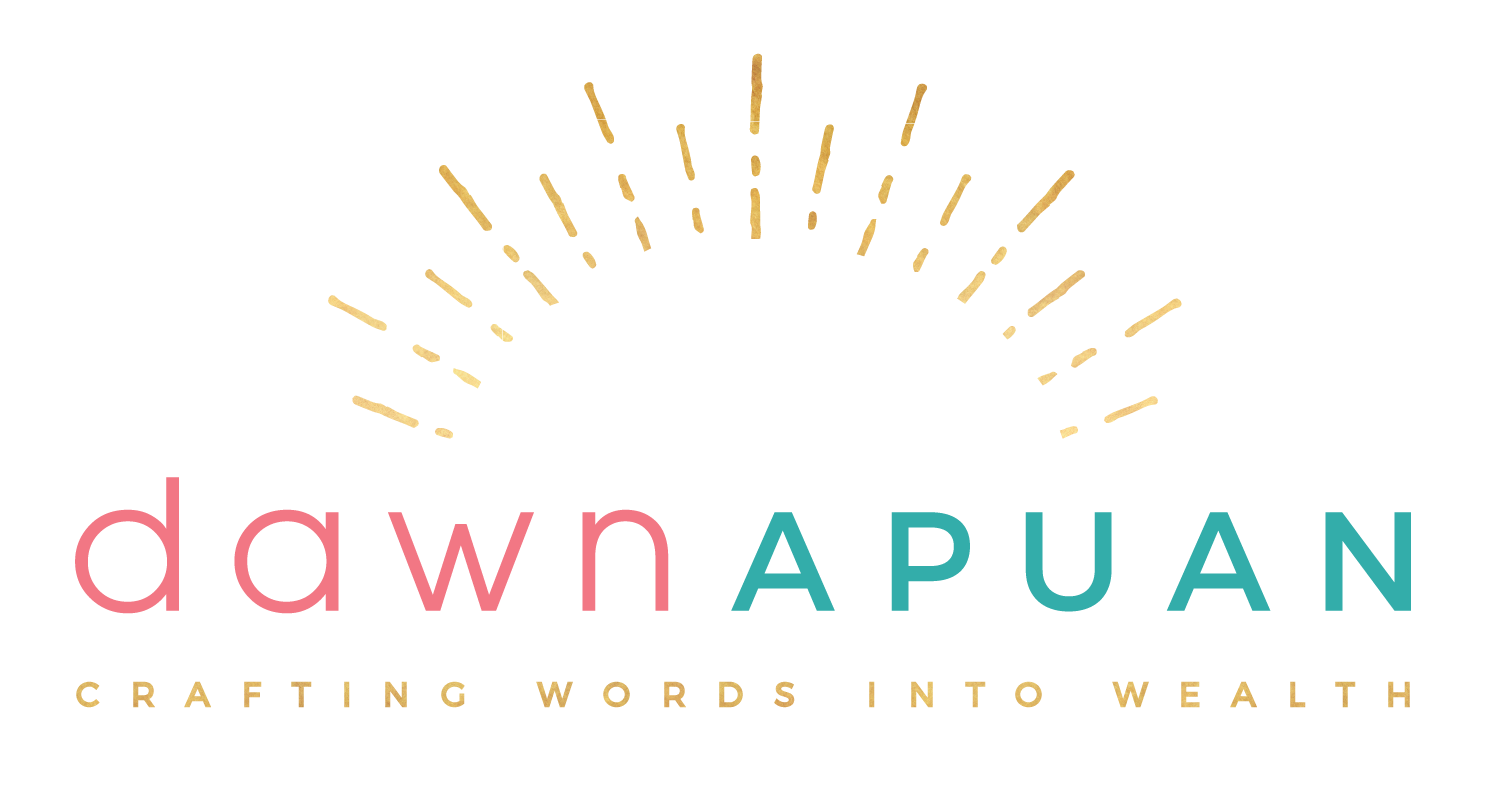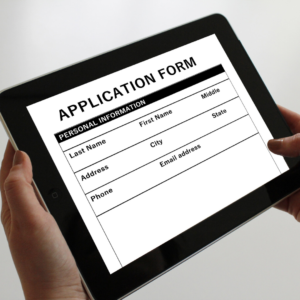

In last week’s blog I covered the difference between a product and an offer. This week I want to break down the nine different types of offers you can create. There are advantages and disadvantages, as well as a time and a place for each type of offer, so let’s dive in!
New around here?


6. The Application Offer
That’s a special, one-time offer because it’s the only time that you can buy it and it’s usually discounted 50-80%. Again, classic example of urgency and scarcity. I’ll admit…I’ve been caught by this many, many times myself. 😉


